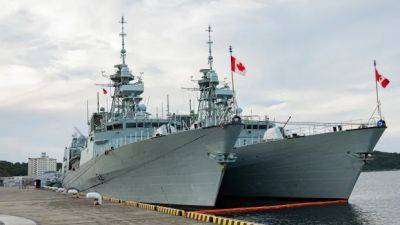Turbulence cases appear to be soaring. How fliers can stay safe
At least one person was killed, and dozens injured when a Singapore Airlines flight hit turbulence on Tuesday, renewing questions about how turbulence can impact air travel and the safety measures that can be taken to avoid injury.
It’s not yet known exactly what caused the death of the 73-year-old man on that flight or if it was directly tied to turbulence, but passengers have said the plane dropped suddenly and it caused some passengers to be launched into the ceiling, leaving dents in the overhead baggage holds.
It’s why former Transport Canada flight safety inspector Jock Williams says it may seem like simple guidance, but keeping your seatbelt fastened throughout the flight is imperative.
“You can be sitting in your seat and your seatbelt is as tight as you can comfortably have it. That way you can’t get thrown against the overhead,” he said. “But anybody who’s just walking around loose takes on the velocity that the airplane is going — only he’s going towards the roof.”
When people fly, they can notice bumpy conditions as a flight goes through a patch of turbulence. Most are minor, and airlines have made steady improvements to reduce accident rates from turbulence over time.
Turbulence is the irregular motion of the air, resulting from eddies and vertical currents, according to the National Weather Service, and usually comes from heavy storms or flying over mountain ranges.
Pilots often try to avoid such turbulence by flying around storms or through other plotted courses.
What can be difficult, if not impossible to avoid is what’s known as clear-air turbulence, often found in or near the high-altitude rivers of air called jet streams. The culprit is ‘wind shear’, when two huge air masses close to each other move at







